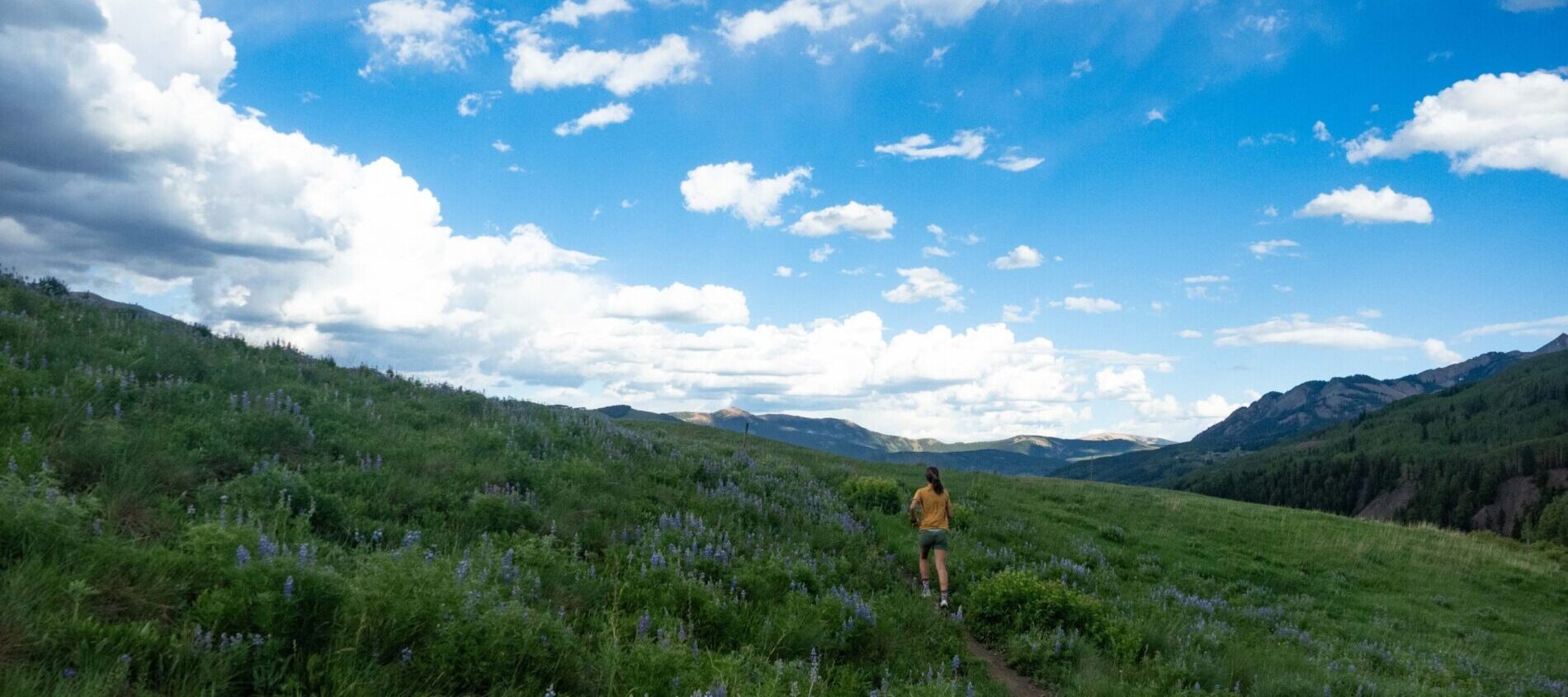
In our Trail Running 101 series, we’re covering just about everything you might want to know to get started in the sport, as well as tips and tricks for experienced runners to make it more enjoyable. This is the seventh part of the series; stay tuned for more.
Intro
In some sense, distance running is all about resisting entropy and the resulting breakdown. The second law of thermodynamics says that entropy (taken as the degree of disorder in a given system) always increases with time, and so the further / longer we run, the stronger that force grows. Signs of breakdown come across through our form, which starts to look a bit more chaotic and haphazard as we fatigue — our posture folds in on itself and our cadence fades, turning a once smooth stride into an unhappy shuffle. While this is inevitable, there are certainly measures we can take to postpone the symptoms. Running efficiency, or moving with the least amount of wasted energy, benefits our endurance by keeping us organized for longer.
In the context of trail running, one of the biggest threats to efficiency is the variable nature of the terrain. Running on a track or a flat road lends itself to settling into an uninterrupted stride, finding a rhythm, and maintaining a measured intensity, but a punchy climb or long, rocky incline can be enough to jar this sense of control for folks new to the trails (and even experienced experts). Like road running though, the key to tackling hills without blowing up is to stay efficient, so in this article, we’ll offer some techniques to help you conquer just about every type of climb.
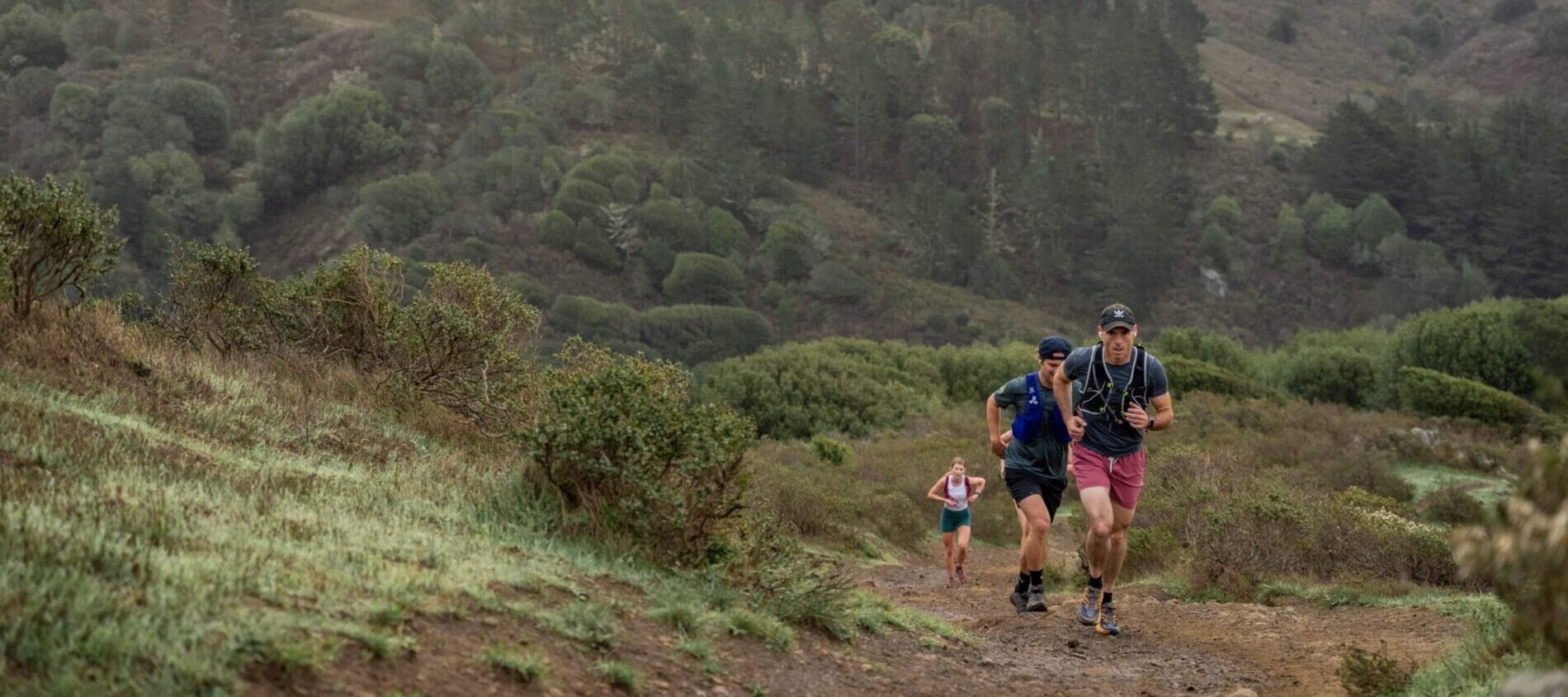
Deciding Between Whether to Run or to Hike a Climb
Trail running can be a bit of a misnomer. If you happened to catch any of last year’s live broadcast from The Ultra-Trail du Mont-Blanc — a 106-mile race with nearly 33,000 ft of elevation gain — chances are you witnessed the best our sport has to offer doing a fair bit of hiking. In fact, many non-elites who toe the starting line at a mountainous ultra like UTMB will spend the majority of their races walking, and that’s no fault of their fitness. In certain scenarios, hiking eclipses running as the smartest way to navigate a climb, but getting a feel for that threshold takes practice. Here are some factors to consider when approaching an uphill.
Grade
The gradient of a climb refers to how steep it is, measured by the magnitude of its slope relative to a flat surface. There’s no hard rule that dictates at what percent grade hiking becomes more efficient than running. When that crossover occurs will also vary across levels of fitness. But if you’re in the shadow of an uphill and feel confident in your ability to motor up it without breaking stride, try to bring as much momentum into the onset of the climb as possible.
Once ascending, work on taking measured, shorter, choppier steps while keeping your posture upright and head level. Though it may seem contrived, try and maintain a vigorous arm swing. This will help keep you balanced and add a bit more power to your stride. As tempting as it may be, avoid leaning too heavily forward on your toes; doing so will put excess strain on your calves, muscles that will fatigue a whole lot faster than the bigger ones further up your kinetic chain, like your glutes, hamstrings, and quads. Too much of a forward bend can also inhibit your breathing; a collapsed neck and chest make it harder to get the most out of your lung volume, which will reduce the amount of oxygen-rich blood you can pump to your hardworking legs.
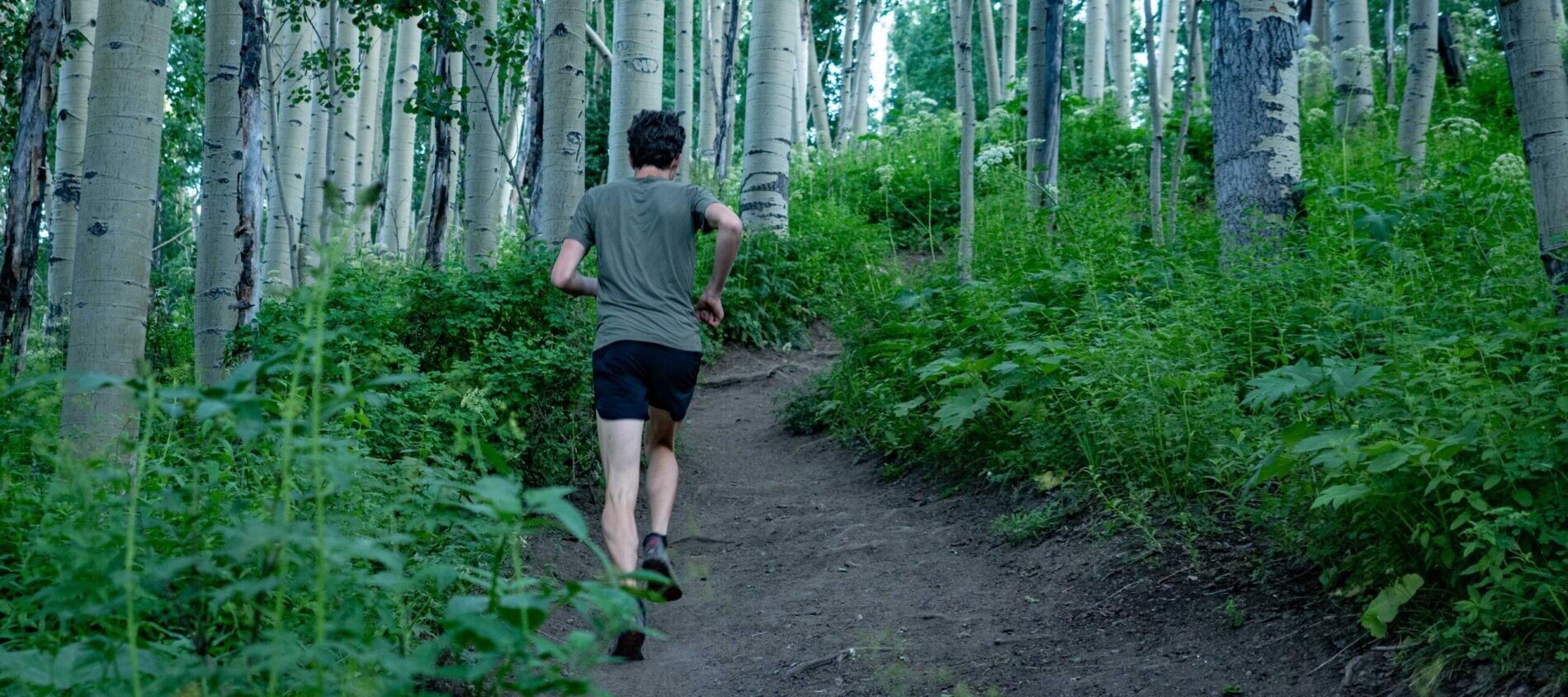
Now, if your stride length starts to shorten to the point where it feels like you’re running in place, you’re no longer able to land with your whole foot on the trail, and you’re breathing hard enough that the taste of pennies starts to flood your mouth, consider switching over to a power hike. Hiking taps into more muscular endurance than running, allowing your cardiovascular system to catch up while you continue to move uphill with a longer stride and a lowered cadence. Your upper body should reflect this form shift as well. Instead of continuing to pump your arms, think about using your hands to drive your thighs or the tops of your knees into the ground on each stride. This will naturally cause your torso to fold forward a bit, so make sure to keep your back level, keeping your diaphragm open.
Depending on how variable the gradient of the climb you’re on is, you might find yourself switching back and forth between these two techniques. Give yourself permission to slip into the one that feels most comfortable, because in most cases, that’ll also likely be the most efficient.
Length & Context
Whether you’re into quick runs when you can fit them in or all-day epics, length and context matter when determining how to approach terrain and effort. While they might not seem that relatable, looking at a few famous ultra-distance races provides us with some great examples of this.
The Hardrock 100 — a storied race in the US mountain running scene that boasts similar stats as UTMB — is run on a course defined by its climbs. One of its most daunting begins in the town of Ouray, Colorado (7,792 ft) and continues over the next 9 miles up to nearly 13,000 ft of elevation. Now, compare that to the average length of a climb on the Lake Sonoma 50’s unrelenting course in Northern California, which is made up of hundreds of jagged rises no more than a quarter mile long, but enough in number to net the race over 10,000 ft of cumulative elevation gain. The disparity in distance between the two examples warrants two very separate approaches.
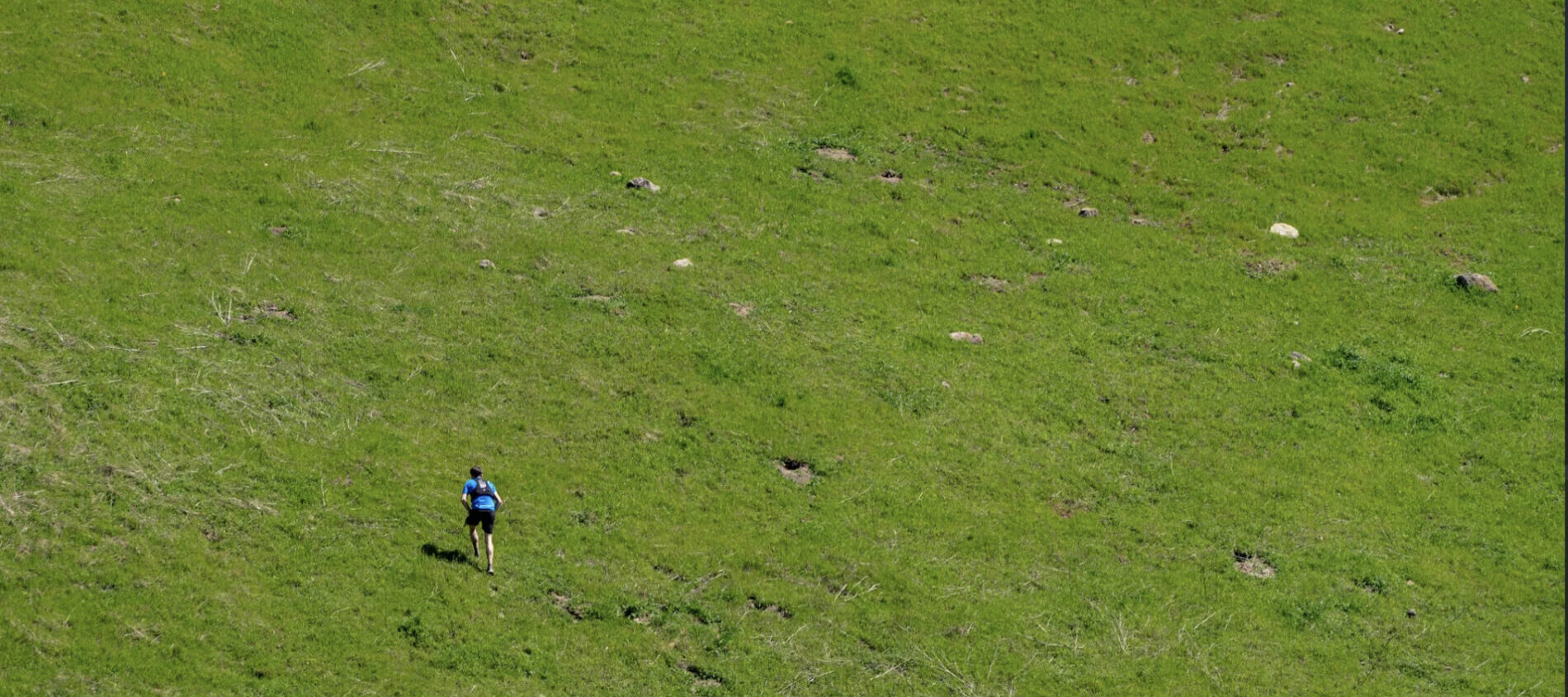
Techniques for long climbs like those found on the Hardrock course vary by grade. For more runnable pitches, the same principles of efficiency that govern flat running apply. On the other hand, sizable climbs with severe inclines will often require alternating between spells of running and power hiking. Though your stride length will likely shrink and your pace will slow on gradual ascents, do your best to ignore the splits on your watch and run based on perceived exertion. Your intensity should reflect how long the climb is and where it lies in the context of your run. Effort will also be determined by your goals: are you in the middle of a race? Or just out for a casual meander? To return to our original example, the 9-mile slog out of Ouray is about at the midway point of the Hardrock 100, so most runners would likely opt to take that section pretty leisurely to conserve energy for the next 50 miles, though with perhaps a bit more pace than in an out-of-race setting.
It’s tempting to want to motor up shorter climbs without breaking stride, and in most settings, that’s totally appropriate. Gathering momentum in front of a brief uphill is frequently enough to crest the top. While the quick burst of speed required to do so will be taxing, the descent or flat stretch on the other side of a short climb should give you plenty of time to recover. For a 50-mile race like Lake Sonoma, most runners in the lead pack will follow this pattern to the finish, using the rolling nature of the course to carry their speed. However, double that distance and you’d likely see race leaders sprinkling in bits of power hiking. The same comparison could be made in a much more typical, non-race setting; it might make sense to run up a given hill when you’re out for a quick 3-mile after-work run, but it might make more sense to hike that same section if you’re aiming to double your mileage. Again, it’s all relative.
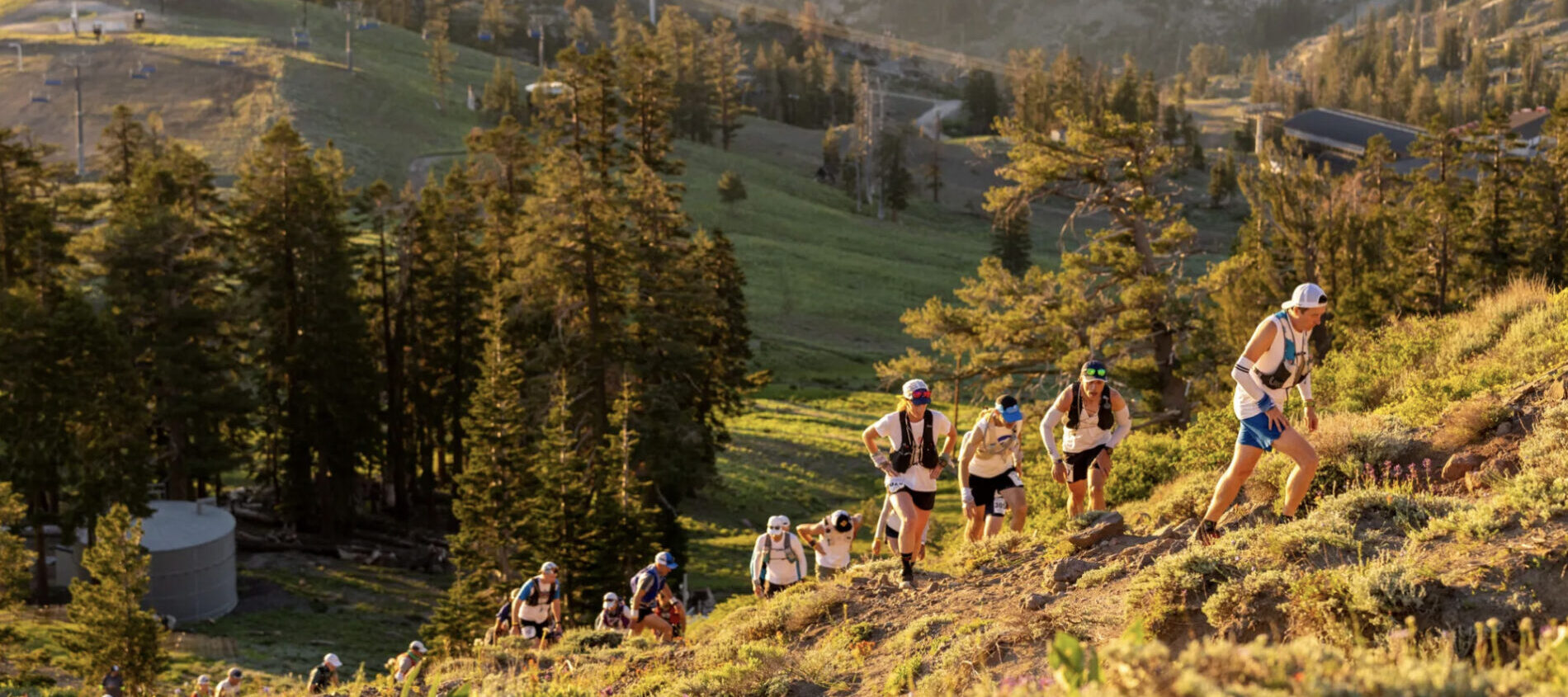
Like any skill, gaining proficiency at uphill running takes time and repetition. Learning the fundamentals of form to help you move up a climb with the least amount of wasted effort might take a matter of days, but getting a feel for how and when to apply them can only be gleaned from experience. Running the entirety of an ultra-steep trail can do a lot for the ego, but experience says a lot of races are won by walking. Of course, most of our runs aren’t races, but focusing on what techniques work best for you on various hills can make just about any run more enjoyable.

TL DR: Run if you can and walk if you cannot run and sometimes walk even if you can run.
You walk up hill! Western States winner 3 time champion is my neighbor and that’s what he told me!!!